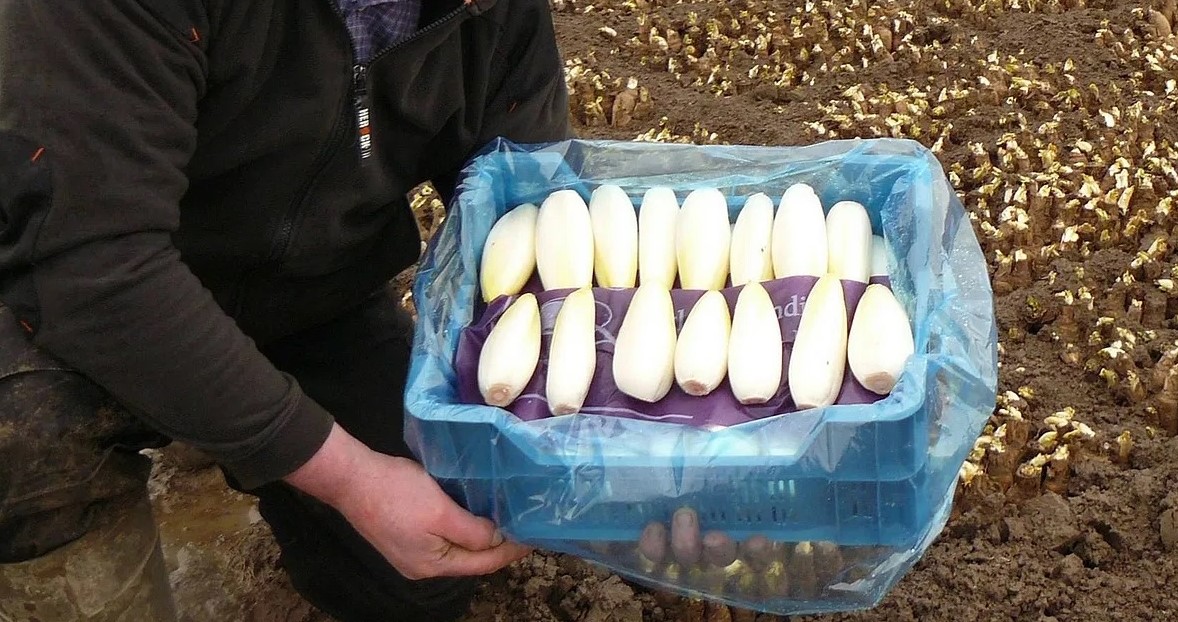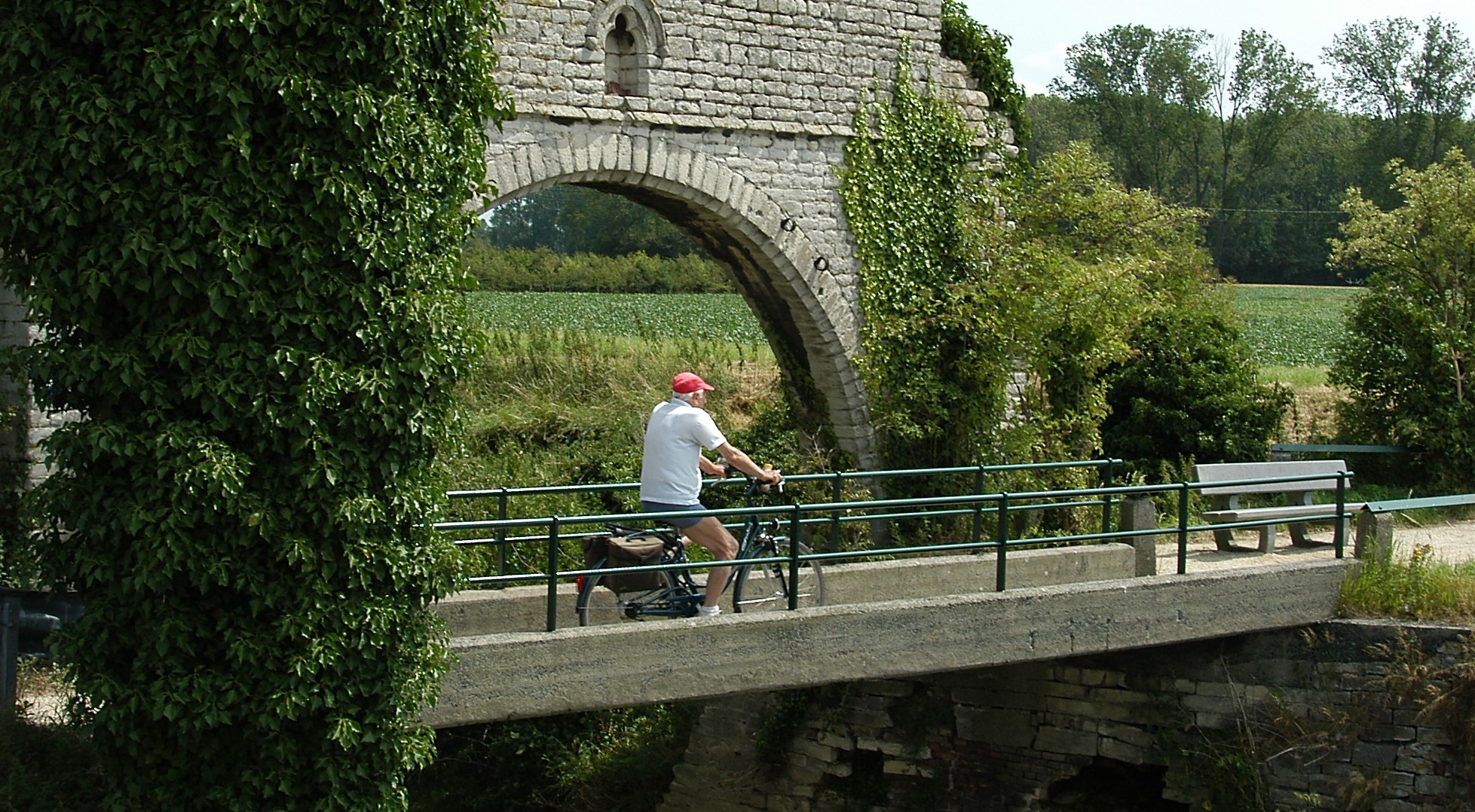- Daily & Weekly newsletters
- Buy & download The Bulletin
- Comment on our articles
White gold: Belgian endive’s strong taste follows an intriguing harvest
It’s endive season in Belgium, and there’s nowhere better to buy it than in Flemish Brabant, one of the prime sources of this ‘white gold’ of local cuisine. The time is ripe to buy the coveted grondwitloof – as it’s known in Dutch.
Grondwitloof, or endive cultivated in the volle grond, is Belgian endive that has been grown in soil instead of the modern hydro production method, which sees the leafy vegetable cultivated in vats of water. The hydro crop can be grown year-round and much more cheaply than endive planted in the ground – which in fact has to be harvested, replanted and then harvested again.
The flavour of Belgian endive cultivated in soil, however, is much richer. So check carefully when buying endive: If it’s from the ground, it will be marked as such. If there’s no mention of its provenance, it’s hydro.
The Belgian endive season is from October to April, but, despite this length of time, it is getting harder and harder to find the ground variety. This is because it is labour intensive and has been abandoned by the agricultural industry. But it is still grown with pride in the green belt around Brussels.

Growing Belgian endive is a two-step process: First the roots must be cultivated outside, where they produce a bright green leafy plant above the ground. The roots are then cut from the plant and replanted indoors or deep enough outdoors so that the resulting new heads stay underground. Endive must be grown in complete darkness and kept very moist in order to regrow the yellow-tinged white head that we cook and eat.
In fact, until the mid-1800s, no one knew about that second growth because it was only the roots that interested growers. They were dried and used to make a coffee-like drink known as chicory. (Belgian endive is part of the chicory family of plants.)
The good news is that Belgian endive can be bought at farmers’ markets and farm shops dotting Flemish Brabant’s green belt. Check out the Farmers’ Market in Dilbeek, for instance, every Saturday morning on Kamerijklaan. Another option within cycling distance of Brussels is the ’t Alsemhof shop in Beersel.

Speaking of biking, Flemish Brabant’s tourist website offers cycling and walking routes among the endive fields. These include the White Gold Route and the Belgian Endive Route for cyclists, and the Belgian Endive Walk for those who prefer to keep their feet on the ground.
The website also maintains a list of farmers who sell Belgian endive straight from the field.
So, you might be thinking, what do I do with all this white gold once I buy it? Belgians are crazy about endive, so there are no shortages of recipes, both traditional and foodie, in local cookbooks and all over the internet.
One very simple way to enjoy it is just to cut it in half, sauté it in butter on both sides until it’s nicely brown, add a bit of water to the pan, cover, lower the heat and let it steam for about 20 minutes. This softens it up to eat but maintains its famously pleasant bitter taste.
Photos, from top: ©Philip Image/iStock/Getty Images Plus, courtesy Pajottenland.be, courtesy Visit Mechelen


















